A look into America’s most divisive issue: Gun Control
Recent events in Florida have meant that the always controversial issue of USA Gun Control is rising to the forefront of people’s minds, once again.
March 7, 2018
Earlier this month, the world was shocked by news of a 19 year-old gunman entering his former school with a gas mask, grenades, and an assault rifle. He would end up killing 17 people and injuring dozens more.
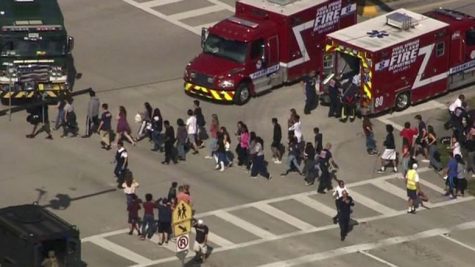
This shooting ranks amongst the top 10 of the USA’s most deadly shootings. The Las Vegas Massacre, which occurred only a few months prior, was the most deadly, killing 58 and injuring 851. As a result, the already contentious issue of USA Gun Control is once again becoming a popular topic of discussion. There are a handful of perspectives on this argument, and lots of information worth looking at, so let’s dive in.
The Law
Due to the presence of both federal and state laws, the specifics of gun ownership become very complicated. Generally, those prohibited from purchasing a gun include convicted criminals, involuntary mental institution patients, recent drug users, those who have been issued restraining orders, and those who have renounced their citizenship, among others.
However, loopholes do exist. For example, background checks are typically not required at gun shows, and a license is not always needed to sell a gun. Currently, about 42% of adults legally own a gun in the USA, however roughly 50% of these civilian guns are owned by just 3% of the population.
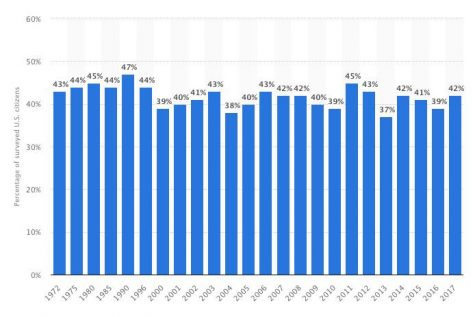
Buying a gun is also easier in some states than in others. For example, California is known to be quite strict, whereas Montana is known to be quite lenient. Furthermore, just because you legally own a gun in one state, that does not mean it is legal in other states.
The federal minimum for gun ownership requires someone to be at least 18 to purchase shotguns, rifles and ammo, and 21 to purchase everything else. Individual states can raise this restriction but cannot lower it. In Florida, the 19 year old Nicholas Cruz was able to legally obtain the semi-automatic rifle he would use for the shooting. Legally obtained guns were also used in the Las Vegas and Orlando shootings, however the Las Vegas shooter made illegal modifications.
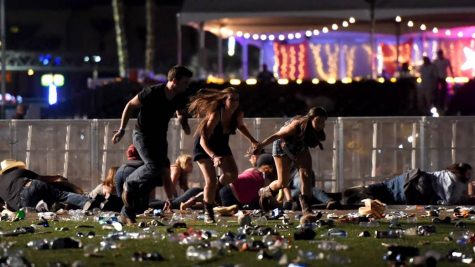
The Political Side
On the 21st of February at a CNN town hall event after the shooting, Florida senator Marco Rubio was confronted by one of the survivors, who urged him to refuse NRA (National Rifle Association) funding. The NRA is a large, publicly funded, anti gun control organization with a massive political influence. For example, they gave over 11 million dollars to Trump’s campaign during the election. As a result, several republican politicians are reluctant to oppose some of the beliefs held by the NRA.
Recently, Wayne Lapierre, the head of the RNA blamed a lack of school security, poor family structure, the mental health system and the FBI for shootings like this one. He also added that “to stop a bad guy with a gun, it takes a good guy with a gun”.
Meanwhile, President Trump has suggested that the minimum age required to purchase all guns be raised from 18 to 21, however this has not received support from the NRA. Trump has also mentioned the possibility of reopening more mental institutions, and a potential ban on bump stocks, a device that allows semi-automatic rifles to fire more rapidly.
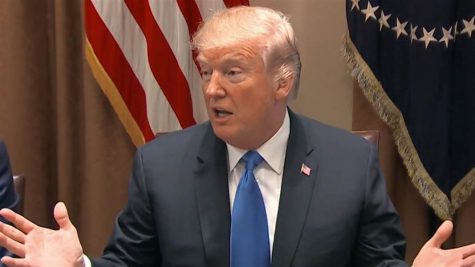
Australia and Switzerland
When discussing the gun controversy of the USA, there are other countries worth looking at, specifically Switzerland and Australia, who have been more successful in reducing gun violence.
Following the Port Arthur Massacre in 1996, Australia enacted a country-wide ban on shotguns and semi-automatic rifles, guns that could kill a lot of people in a short amount of time. Australia also has 28 day waiting periods established, with thorough background checks, and a justifiable reason for owning the gun is needed, which does not include wanting it for self protection.
Since these changes, about 1 million semi-automatic weapons were sold back to the Australian government, which accounts for about one third of the country’s firearms. While Australia has seen a decrease in mass shootings, as well as homicide and suicide rates, some argue that these statistics were on a downward trajectory anyway.
However, something similar is unlikely to happen in the USA, as there are a handful of differences between the two countries. For example, Australia had no equivalent of the second amendment, and guns were significantly less popular amongst the population. In 1996, Australia had about 17.5 guns per 100 people, whereas the USA currently has 101 guns per 100 people. Also, because there are only 6 states in Australia, passing a new law was made far easier.
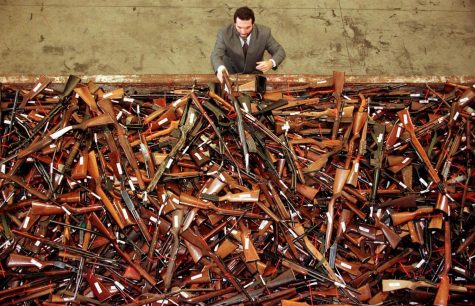
Switzerland is also a country that, despite generally allowing guns, has significantly lower gun violence than the USA. This can be attributed to factors such as stricter background checks, less gun ownership, banning of fully automatic weapons, and lower crime rates in general. Switzerland also prohibits concealed carry, and a recent survey showed that over one quarter of swiss gun owners only kept their gun for police or military duty.
What should be done
There are a vast number of opinions on the current state of USA gun law, and whether or not it needs to be improved or changed. As a result, a handful of high school students and teachers from ISB were interviewed about their perspectives on the issue.
Mr. Duffy, an english teacher at ISB disagrees with the current gun control system in the USA. While he acknowledges that it is part of the second amendment, he references that it was established “in a very different historical context than today”. He also thinks that assault weapons should not be available for anyone to purchase, saying “they belong more in a war theatre than in a home”, and that background checks should be more strongly established. While he disagrees with the current implementation, he ultimately believes that “If Americans (still) want guns, they can have them”.
Kyle, a 10th grader at ISB also disagrees with the current state of gun laws. Like Mr. Duffy, he brings up the fact that when the second amendment was first drafted, “guns were essential to everyday life” and that “communities had to protect themselves”. However, in the present, “the second amendment is outdated and unnecessary”. Kyle also points out the success countries like Japan and Australia have seen after banning guns. He argues that “guns are detrimental to nations that can properly govern themselves”.
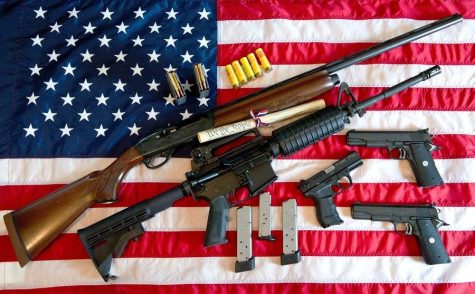
Adam Scherrer, an 11th grader disagrees, believes that “(federal) gun policy in the USA is too strict”. He believes that gun ownership is the “last line of defense against government tyranny,” and that it is therefore necessary and beneficial. He also believes that the AR-15 should not be banned, as it is a common hunting rifle and is very similar in its capabilities to other guns.
Luke Helmkamp, a 10th grader believes in the USA’s current gun control policy, however he does think background checks should be more comprehensive. He disagrees with Trump’s decision to try and ban bump stocks and thinks he was too lenient towards allowing mentally ill people to buy guns. As for the second amendment in general, he says it is “one of the most important amendments as it is the one that saves all the others”. Like Adam, he strongly believes that guns serve as a safety net against the government, if it were to become invasive or oppressive. Luke holds the mindset that guns save more lives than they cost, and that banning or restricting gun ownership would not prevent homicides and mass shootings. He points to 1) the 2016 attack in Nice, as an example of mass murder without the use of a gun, 2) a 2008 crime study that showed 80% of the firearms used in crimes did not belong to the perpetrator, and 3) the fact that cities like Chicago and Baltimore face high crime rates despite their stricter gun laws. He says that unfair generalizations are made on gun owners and that “Guns do not kill people, people do”.
While almost everyone seems to have a strong opinion on this meaningful issue, we will have to wait and see if any political change happens in the near future. As there are several layers and perspectives to this deeply important and controversial topic, we encourage readers to engage in the discussion below in the comments.
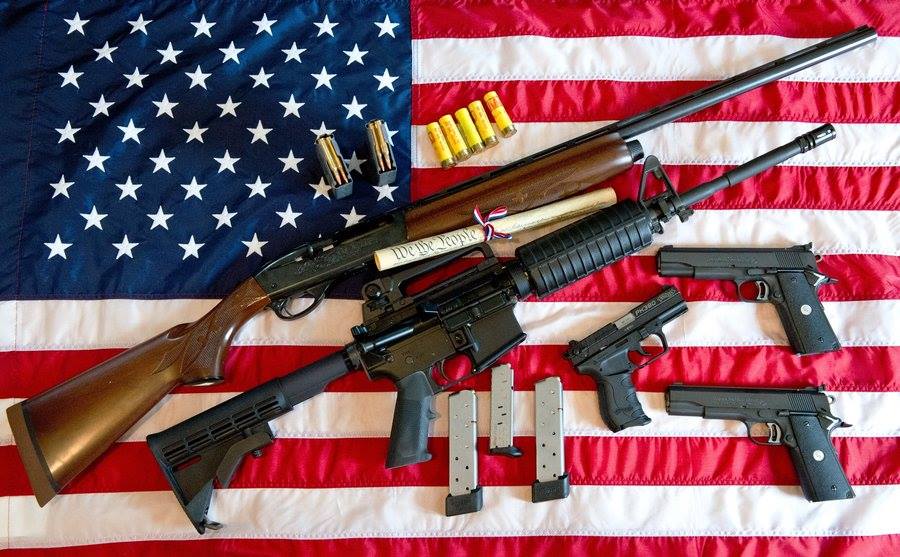
Kevin Callahan • Mar 13, 2018 at 10:08 am
Great objective reporting Craig and Jonathan. Congrats on presenting both sides of opinions on a highly divisive subject. Keep up the good work.